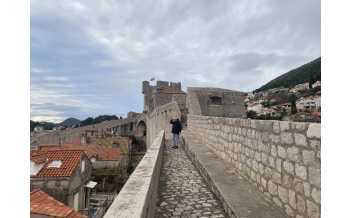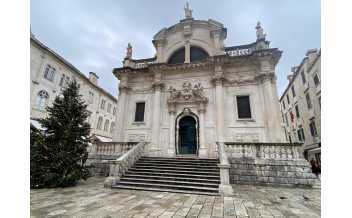Activities
-
Cathedral of the Assumption of the Virgin...
The Cathedral of the Assumption, with its Treasury collection and its mixture...
-
City Walls, Dubrovnik
The intricate system of forts, casemates, bastions, towers and detached forts...
-
Dominican Monastery, Dubrovnik
Dating back to the 14th century, other parts of the Dominican Monastery were...
-
Fort Lovrijenac, Dubrovnik
Built to guard the western entrance to Dubrovnik from the Adriatic Sea, Fort...
-
-
-
Saint Blaise’s Church, Dubrovnik
Originally built in the 14th century the church was built in honour of Saint...
-
-
-
The House of Marin Držić, Dubrovnik
The House of Marin Držić is a museum in Dubrovnik dedicated to the Croatian...
-
Tvrđava Minčeta, Dubrovnik
Built in the 15th century as a crucial part of Dubrovnik's defensive system,...
Showing 1 - 11 of 11 items















